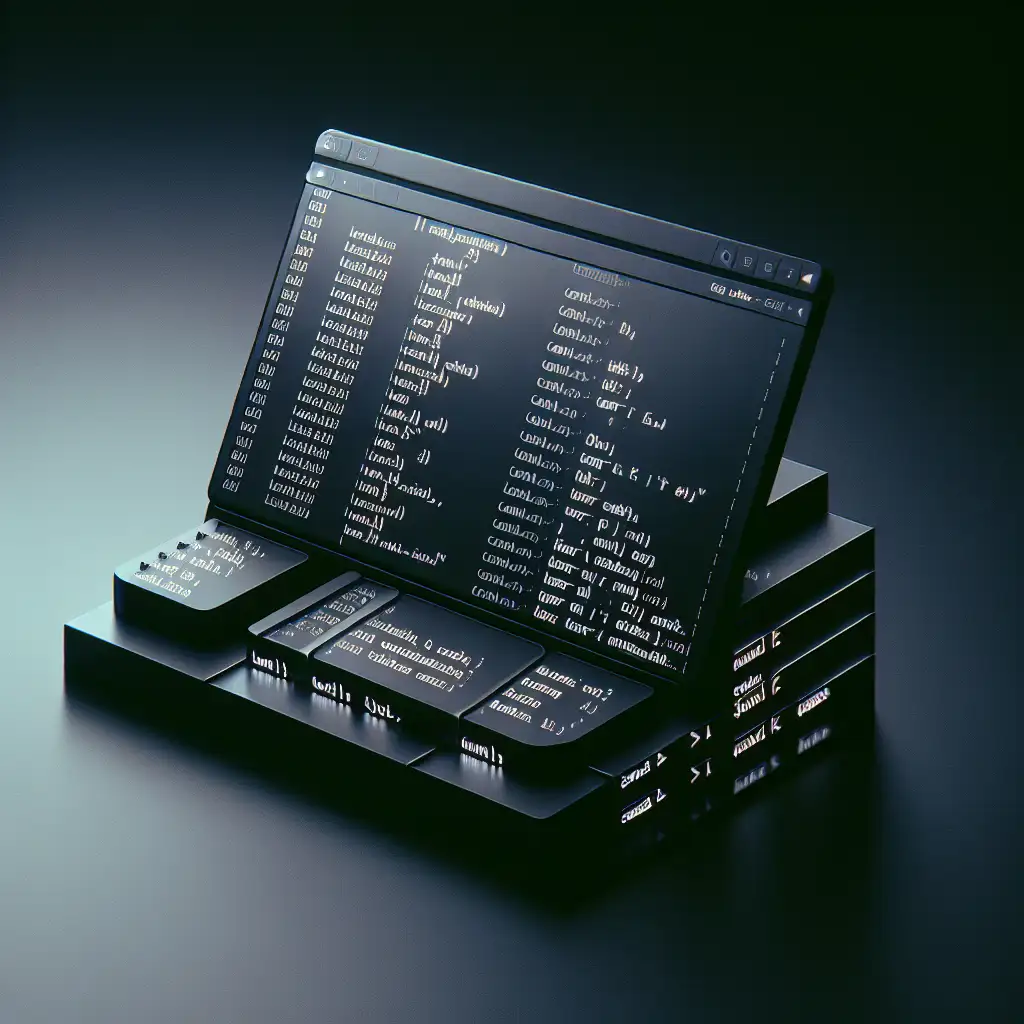Mastering File Access: Command Line Techniques to Open Files on Linux Like a Pro
Forget the GUI — unlock the power of the Linux command line by mastering versatile ways to open files, from quick viewing to deep editing, all in a few keystrokes.
Navigating the Linux command line efficiently is crucial for IT professionals who want to manage files without relying on GUI tools. Mastery of file opening commands accelerates workflows and deepens system understanding. Today, we’ll break down practical, real-world ways to open files directly from the terminal — whether you need just a quick peek or full-on editing.
Why Open Files from the Command Line?
- Speed: The command line is faster once you get used to it.
- Remote Access: When working on servers, you won’t usually have a GUI.
- Scriptability: Commands can be chained or scripted for automation.
- Deeper System Control: Tools reveal file contents in ways GUIs sometimes obscure.
Quick Ways to View Files Without Editing
Sometimes you just want to take a glance or search through contents quickly…
1. cat — Concatenate and display
cat filename.txt
Displays the whole file at once. Handy for short files.
2. head / tail — Preview parts of files
head filename.txt # First 10 lines (default)
tail filename.txt # Last 10 lines (default)
head -n 20 filename.txt # First 20 lines
tail -n 50 filename.txt # Last 50 lines
These are perfect when you only need context at start or end.
3. less — Scrollable viewing with search
less filename.txt
Allows scrolling up/down freely.
Useful shortcuts inside less:
/searchterm→ search forward?searchterm→ search backwardq→ quit less
4. strings — Extract readable text from binary files
strings /bin/ls | less
Helpful if you want to peek inside compiled binaries or strange files.
Opening Files for Editing
To truly “open” means you want to modify/save content too. Here's how:
1. nano — Beginner-friendly CLI editor
nano filename.txt
- Simple and intuitive controls shown at bottom.
- Ctrl+O to save, Ctrl+X to exit.
Great if you’re new and want edits without complexity.
2. vim / vi — Powerful and ubiquitous editor
vim filename.txt
Mastering Vim takes time but supercharges your productivity:
Basic usage:
- Open file:
vim filename.txt - Switch to insert mode: press
i - Edit text as needed
- Exit insert mode: press
Esc - Save file: type
:w+ Enter - Save and exit: type
:wq+ Enter or simplyZZ - Exit without saving: type
:q!
If unfamiliar, consider this step-by-step Vim tutorial after you're comfortable opening files with it.
3. Other editors you might have installed:
emacs filename.txtmicro filename.txt(a modern easy CLI editor)
Opening Files with Associated Applications (Graphical Programs) from Terminal
If your terminal is within a desktop environment and you want to open files in their default apps via command line:
On Ubuntu/Debian systems:
xdg-open filename.pdf
It will launch the default viewer associated with that filetype (e.g., PDF viewer).
Other distros might use gio open filename, which works similarly.
Bonus Tips for Power Users
Open multiple files at once in an editor:
vim file1.txt file2.log script.sh
Switch between buffers inside Vim (:bnext, :bprev) or tabs (:tabn, :tabp).
Summary Cheat-sheet Table
| Task | Command | Description |
|---|---|---|
| Display full content | cat filename | Show entire file |
| Show first N lines | head -n N filename | Preview start of file |
| Show last N lines | tail -n N filename | Preview end of file |
| Scroll through contents | less filename | Scrollable view & searches |
| Simple edit | nano filename | Beginner-friendly editing |
| Advanced edit | vim filename | Powerful modal editing |
| Open in default GUI app | xdg-open filename | Launch GUI application |
Wrapping Up
Mastering how to open files effectively on the Linux command line will not only speed up your workflow but also empower you with greater control over your environment — especially when working remotely or scripting management tasks. Start experimenting with these commands today, pair them with navigation (cd, ls) and you’ll graduate from casual user to confident Linux power user in no time.
Got your own favorite tips or troubles opening certain file types? Drop a comment below!
Happy Linuxing! 🚀
